Scheduled Chimney Checks to Maintain Optimal Performance
Regular chimney inspections are essential to ensure safe and efficient operation of fireplaces. Properly maintained chimneys prevent potential hazards and help maintain the longevity of the fireplace system.
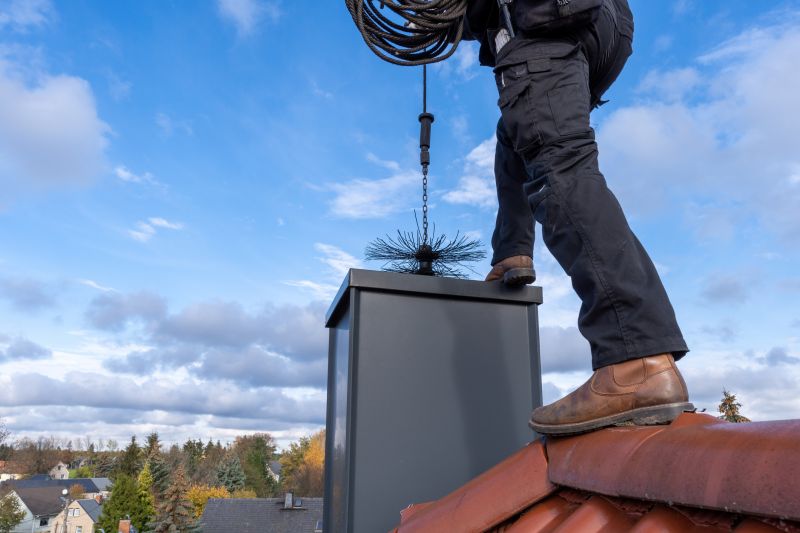
Assessing the condition of the chimney cap to prevent debris, animals, and water from entering.
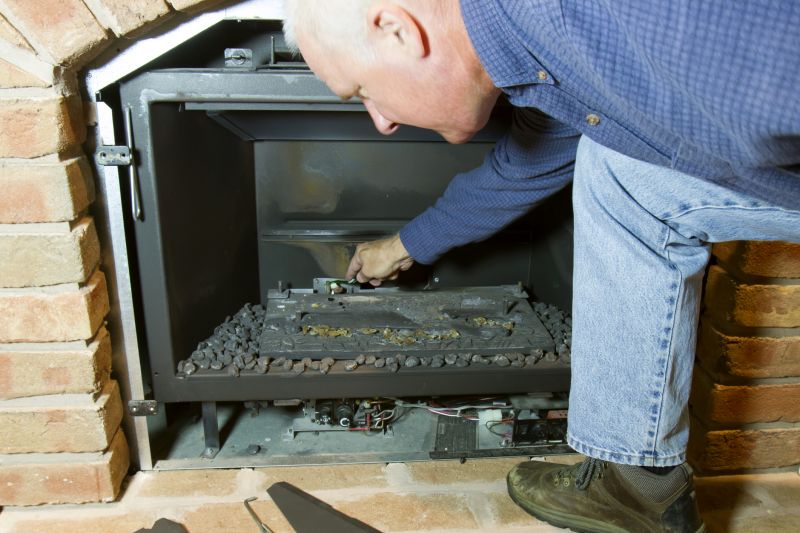
Evaluating the liner for cracks, corrosion, or damage that could lead to smoke and gases escaping.
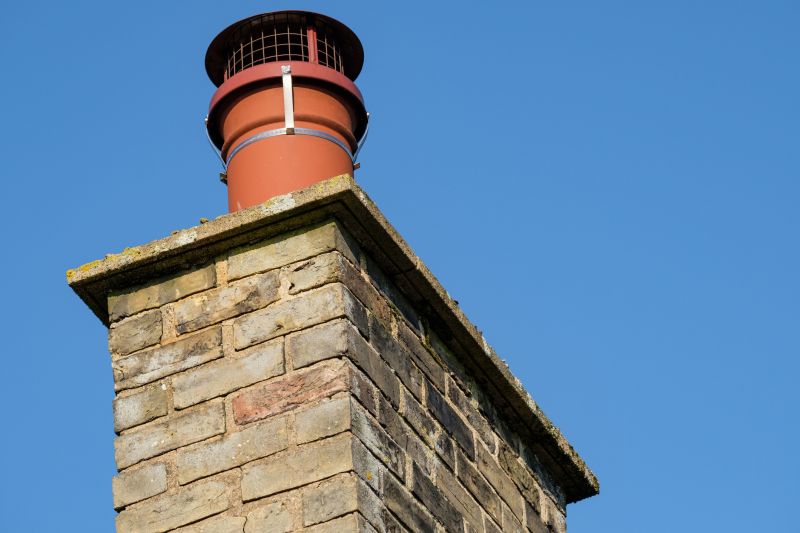
Ensuring the damper opens and seals properly to control airflow and prevent heat loss.
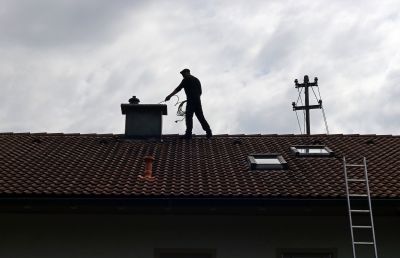
Checking the flue for obstructions and buildup that could cause smoke to back up.
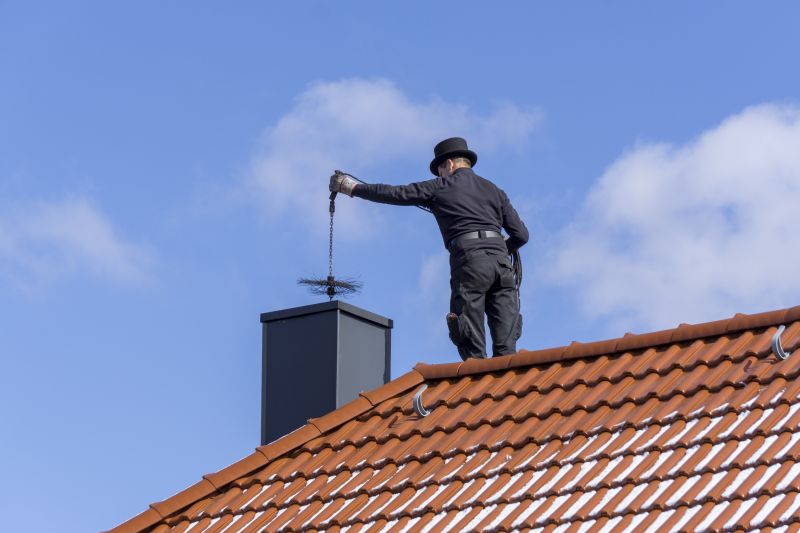
Inspecting the crown for cracks or deterioration that could allow water intrusion.
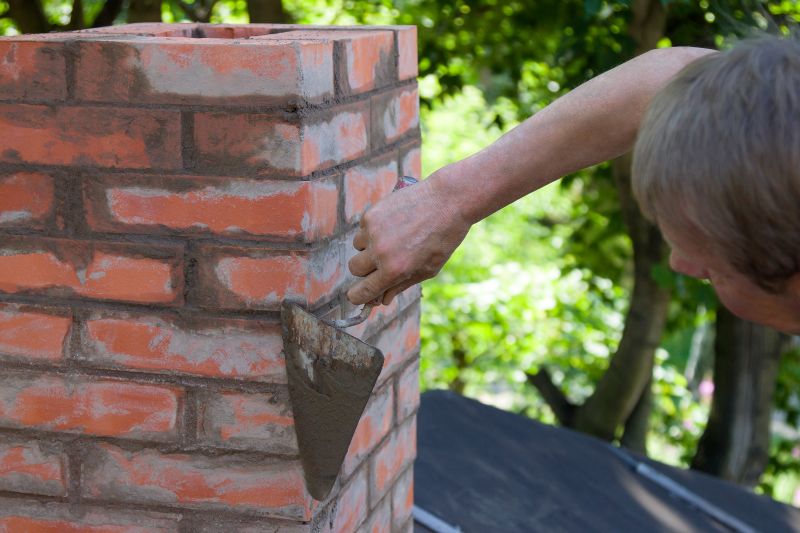
Examining the brickwork or stone for cracks, deterioration, or loose bricks.
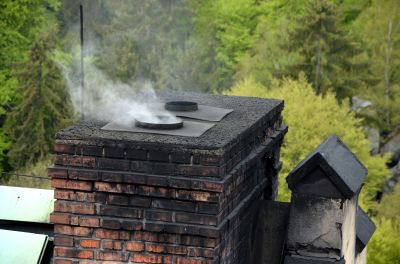
Identifying creosote deposits that increase the risk of chimney fires.

Comprehensive review of all components to ensure safe operation.
Chimney inspections help identify issues such as blockages, structural damage, or deterioration of key components like the chimney cap, liner, damper, and crown. Addressing these problems promptly reduces the risk of fire hazards, carbon monoxide leaks, and smoke damage.
Failure to maintain proper chimney function can lead to dangerous situations, including chimney fires caused by creosote buildup, smoke backdrafts, or toxic gas leaks. Regular inspections ensure the fireplace operates safely and efficiently.
Important components of a chimney include the chimney cap, which prevents debris and animals; the liner, which protects the structure and improves safety; the damper, which controls airflow; and the crown, which shields the chimney from water damage. Proper maintenance of these parts is crucial for safe operation.
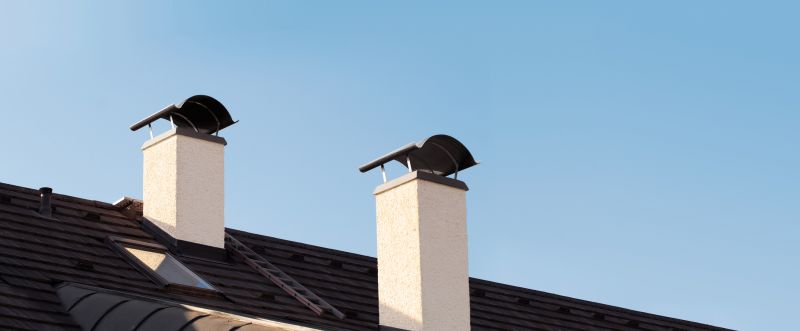
A well-maintained cap prevents debris and animals from entering the chimney.
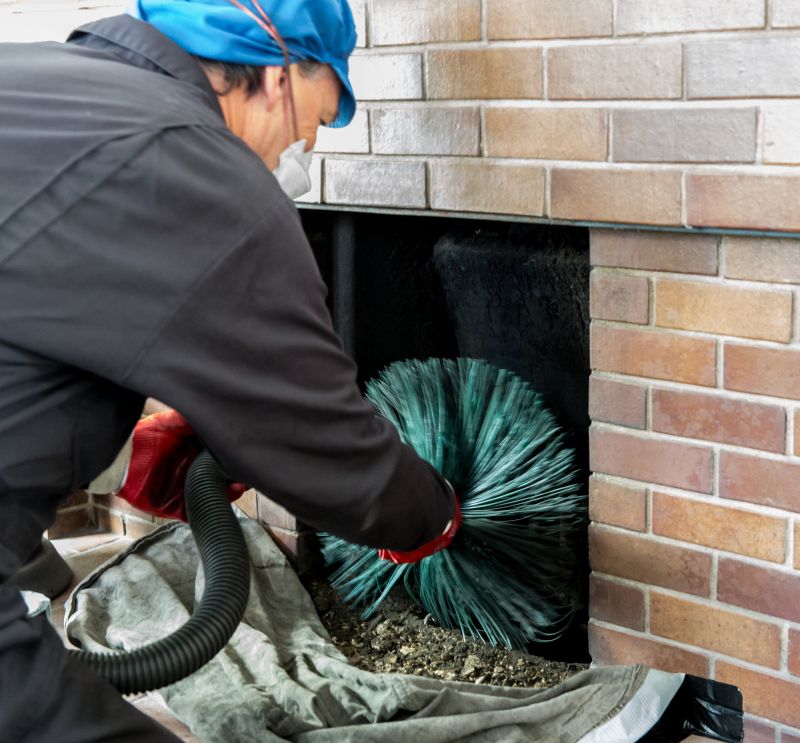
A protective lining that prevents heat transfer and contains smoke.
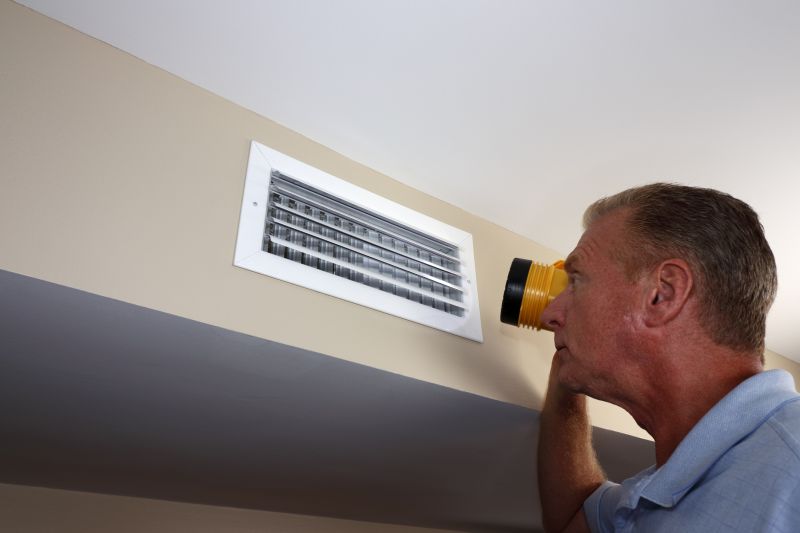
Controls airflow and helps regulate temperature and efficiency.
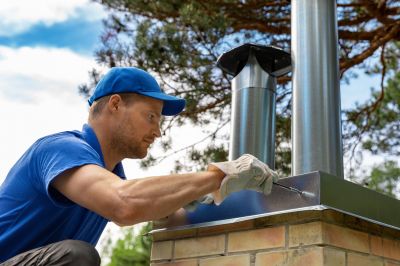
Prevents water intrusion and protects the chimney structure.

Structural integrity of the chimney exterior.

Accumulations that pose fire risks if not cleaned.

Ensures safe venting of smoke and gases.
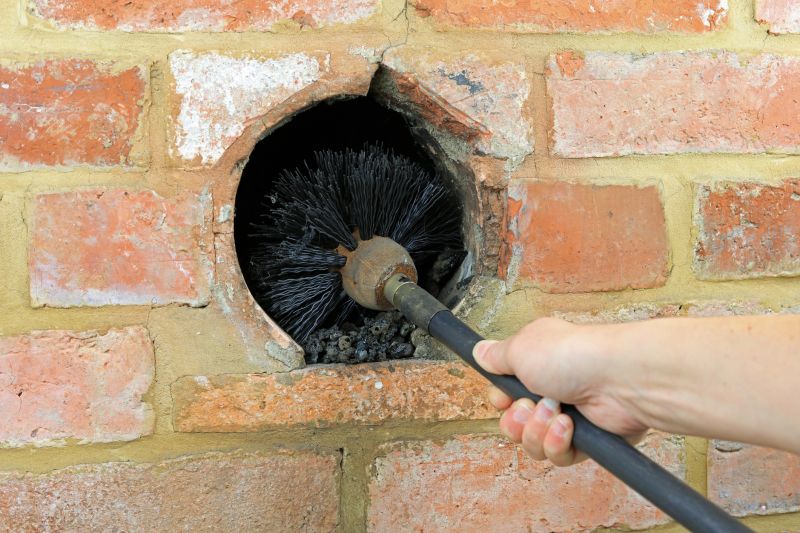
Equipment used to assess and diagnose chimney conditions.
Routine chimney inspections help maintain the safety and efficiency of wood-burning fireplaces. Regular assessment of components like the liner, damper, and cap can prevent costly repairs and hazardous situations.
Contact the service provider through the contact form to receive a quote for a comprehensive chimney inspection. Proper evaluation and maintenance support safe and effective fireplace operation.



